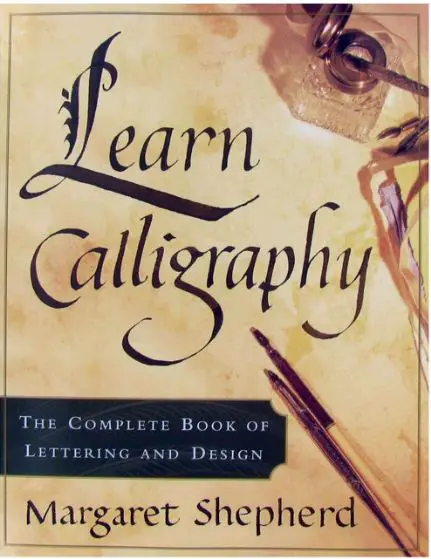Calligraphy Resources

“Calligraphy trains not only your eye and hand, but your mind as well.” Margaret Shepherd
Today we’ll talk more about the steps you can take to further your calligraphy education. Last week we browsed through courses you can attend, this week we take a closer look at books, societies for calligraphy and Chinese calligraphy classes you can check out. Who knows, in the end, you might even be able to add your own calligraphy fonts to our collection.
The Society for Calligraphy
A Society for Calligraphy is always a good place to start your journey. This particular ‘society’ is in Southern California. It is a non-profit educational organization which promotes the study, teaching and practice of calligraphy and related disciplines. Sounds ideal, right? It also encourages the exchange of ideas through speakers, program meetings, workshops, its journal and bulletin, the annual retreat and regional groups. So, there you have it, meetings, resources and information to digest over long periods of time. You can search for a ‘society’ closer to you, but by all means keep track of as many societies as you want. For those who wish to join the Society right away, click here.
Learn Calligraphy: The Complete Book of Lettering and Design
This book, written by Margaret Shepherd, also known as America’s premier calligrapher, shows you that calligraphy is not simply a craft you can learn, but an elegant art form that you can make your own. The beauty of calligraphy resides in the simple fact that it remains perennially popular. Whether it is Roman, Gothic, Celtic, Bookhand, or Italic style, calligraphy conveys class and elegance. Margaret Shepherd makes this ancient art form accessible in a completely hand-lettered technical guide that will provide context for calligraphy as an art, give detailed technical advice on choosing pens, paper, and inks, setting up your workspace, mastering various pen angles, along with step-by-step illustrations to guide you as you practice. The book also explain which alphabets are appropriate for different forms of writing. For example, the Roman alphabet works well for short, unpunctuated passages, while the Italic alphabet is more suited to informal everyday communication. You’ll find out how to personalize your lettering by using variant strokes and interpreting how you would like the words to look on the page. Inspire you with carefully chosen illustrations and examples, which bring letters to life.
Calligraphy and Chinese Brush Painting Classes
Chinese Calligraphy and language classes happen in countries around the world. Like this one, at the Confucius Institute for Scotland, where you can attend a five week course if you want to start or continue to develop your artistic calligraphy/brush painting skills. Beginners start with the practice of basic strokes and simple characters and then progress to more complex calligraphy and brush painting. Because they work with small classes, there is plenty of personal attention and printed handouts are provided for home practice.
Do you know of any classes or books beginners should definitely take a look at? Please, share!

